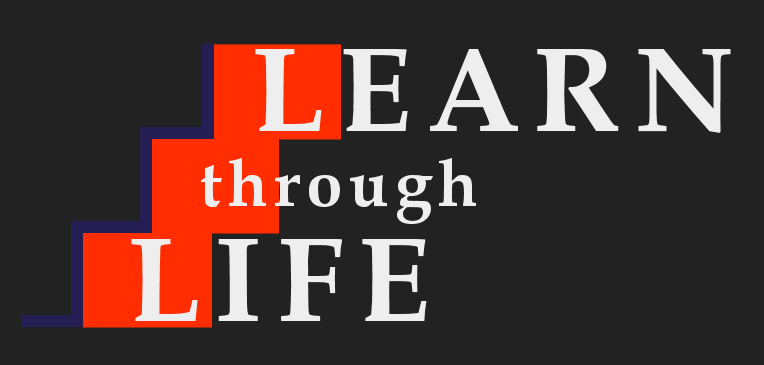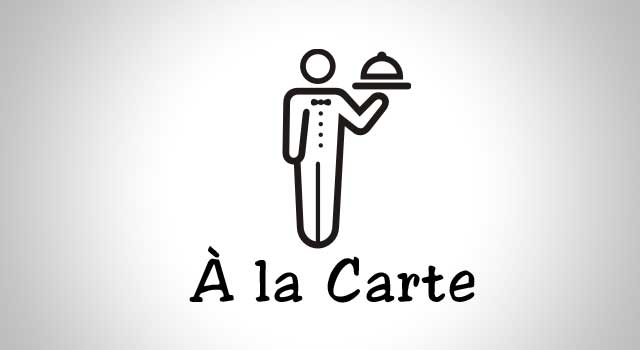If you could design your own learning path, what would it be? Sounds easy enough, right? You just pick the best schools, best teachers, best buildings, resources, etc. But is that all there is to it? Today, there is a raging battle over charter schools vs. traditional public schools. On the one hand, charter schools have to be better because they provide choice. Everyone likes a choice. When choosing ice cream, some may choose chocolate and some vanilla, and we’re always happy with our choice because, we know what we like. On the other hand, public schools have been with us for many years (decades) and for the most part have served us well. However, with the current knowledge explosion, global economy, and technology revolution, I believe we really do need choices in learning.
But how many choices do charter schools really provide? They profess to do everything “better”. They have, they say, better teachers, better curriculum, and better all-around learning. But is it all actually better? Studies have shown that some charter schools are better, some are worse, and some are the same as public schools. In other words, it becomes an apples and oranges choice. It’s choice for choice sake; you’re not getter better, just different.
I would argue that this is not really choice. To provide real choice, there has to be true differences in learning. Traditional teachers can only provide traditional teaching methods and subjects, and in our ever growing knowledge-society, we need more than that.
Right now there are generally 7 periods in a high school day. There are normally 3 – 4 classes that a student has great interest in, while there are 2 – 3 classes they must take to fill in the rest of the day. On average, it costs $10,615 to send a kid to public school for one year. In this case, the $10,615 cost of education could be split into components. Most students would want to direct this entire amount to go to traditional high school courses so they would qualify for admittance to a 4-year university. However, some students could use some of the money for an apprenticeship during a portion of the school day, while still taking some vital courses during the other part of the day. This would give them more choices and a better plan for the future.
In Europe, apprenticeships are very common. In Germany, students have the option of taking up a vocational apprenticeship instead of choosing full-time academic education. Known as “dual studies, it is a highly regulated and well-regarded system whereby young people learn through a mix of “on-the-job training as well as in the classroom.” Giving some of the $10,615 cost of education to an employer can be a win-win for the employer and the student. The employer would now have an additional part-time worker who they wouldn’t have to pay very much for, and the student could learn some real-world skills even though they are still young and would still need a lot of supervision. And apprenticeships often lead to stable full-time jobs. The costs to taxpayers would not go up, because it would use existing money already going to the school system.
If this money (say half of $10,615 for the last two years of high school) were put into an education savings account, students could only utilize this money for educational purposes. It would be use it or lose it, and nobody wants to lose money. With the amount of money required for college and career ever increasing, students must have opportunities to gain a better direction for their future at a younger age. This is a way around excessive costs for college and career. Charter schools profess to provide choice in education, but I would argue that we need real choices in order to make real differences in learning outcomes and readiness for the future.

